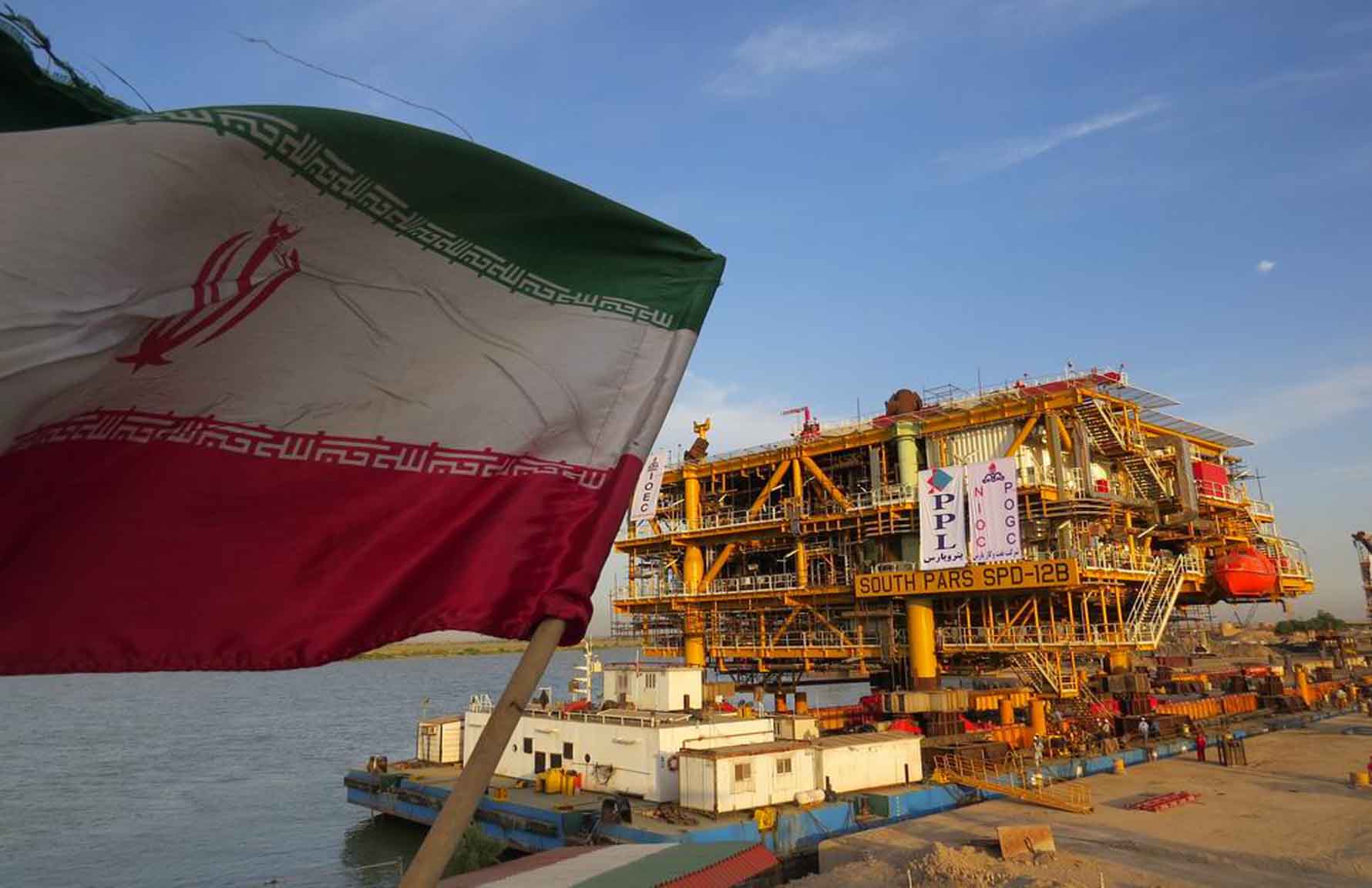Five phases of South Pars Gas Field will be up and running in the next few weeks, Oil Minister Bijan Namdar Zanganeh said. The five phases are forecast to generate $10 billion in annual revenues.
"President Hassan Rouhani will inaugurate phases 17-21 of South Pars" by the end of the present fiscal year" that ends on March 20, Zanganeh was quoted as saying Thursday on state TV, Shana reported.
"There are some shortcomings in the five phases, but we will tackle these issues within the next 20-30 days," the minister said.
South Pars is the world's largest gas field shared by Iran and Qatar in the Persian Gulf. Iran is now drawing around 500 million cubic meters per day of natural gas from the joint field with the tiny Arab state's output reportedly at 650-700 mcm/d.
Zanganeh said the total output from the new phases will amount to 150 mcm/d, or 50 billion cubic meters of gas per annum. Once fully operational, the new phases will push Iran's gas output within a striking distance of Qatar's production rate.
The minister added that Phase 19 alone is equivalent to two conventional South Pars phases in investment and operational terms.
"The new phases will also raise the production of gas condensates by 250,000 barrels a day, or 90 million barrels a year and generate upwards of $10 billion a year in revenues."
Data show that Iran's output from South Pars has soared by 250 mcm/d over the past three and a half years. In the previous fiscal year alone, South Pars' output increased by nearly 100 mcm/d.
------- Oil Export, Revenue
Zanganeh said if oil continues to trade around $55 per barrel, Iran's crude oil revenues in fiscal 2017-18 will rise by 20% year-on-year.
"Annual oil revenues will reach $40 billion in the present fiscal, though a part of the income will be received in the next fiscal. Our income from selling oil and condensates should rise to $50 billion with crude at $55 a barrel."
Tehran reportedly earned $25 billion from crude oil export in fiscal 2015-16.
The minister said last month that oil producing nations would be happy to see crude prices in a range of $55 to $60 per barrel for the rest of the year.
Oil traded above $100 a barrel in 2014, but tumbled to a 13-year low of $27 a barrel last February. The sagging prices have since roughly doubled on the back of a deal between OPEC and some non-OPEC producers to cut global crude supplies by nearly 1.8 million barrels a day in the first half of the year.
Iran's crude and condensate exports have averaged 2.8 million bpd in the past four months, Zanganeh said. Iran, the No.3 OPEC producer, has boosted crude output to 3.9 million bpd and is poised to hit the 4-million-bpd mark in March, according to Ali Kardor, the chief executive of National Iranian Oil Company.
"Many of our traditional customers in Asia and Europe have resumed or increased their crude imports," Zanganeh said without elaboration.
Tehran, he said, is seeking $130 billion in foreign investment for its oil and gas development projects, stressing that raising the rate of recovery from existing fields is a top priority.
"Iran sits on 700 billion barrels of oil reserves. Oil export revenues can increase by $350 billion if extraction rate from operational fields rises by 1%," Zanganeh said, adding that the average rate of recovery from Iran's the oilfields is around 30%.


